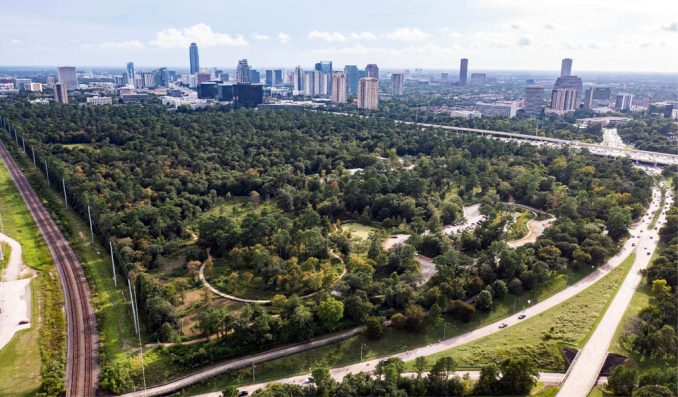
The Houston Arboretum & Nature Center is a 155-acre non-profit urban nature sanctuary located a few miles from Downtown Houston on the western edge of Memorial Park.
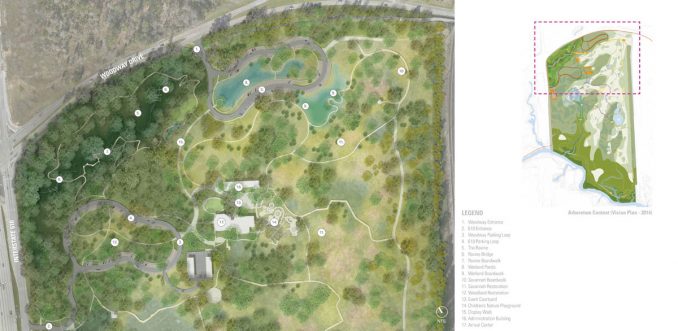
Disaster and Renewal
When Hurricane Ike made landfall in 2008 as a Category 4 storm, it passed directly over Houston, leveling trees across the city, including those at the Houston Arboretum and Nature Center. A severe drought in the summer of 2011 further damaged the Arboretum’s remaining trees, resulting in catastrophic canopy cover loss of 50% and the subsequent encroachment of invasive species. The stream that crosses the northern portion of the site was plagued by streambank scouring and high sedimentation. The Arboretum was unattractive and unhealthy; highlighting the poor overgrown ecological condition of the landscape.
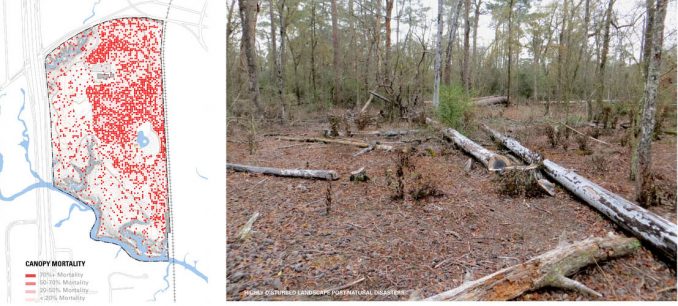
Guided by the Arboretum’s 2014 vision plan, the project team utilized the site disturbances as opportunities to radically alter the identity of the Arboretum and to serve as a precedent for land stewardship and ecological restoration across Texas’ Gulf Coast. Forests choked by invasive underbrush were reestablished to a mosaic of prairie and open woodland. Felled timber from the previous decade’s storms was repurposed into parking blocks, play features, and interpretive elements. The stream was repaired and reinforced, becoming vital wildlife habitat and a shaded respite.
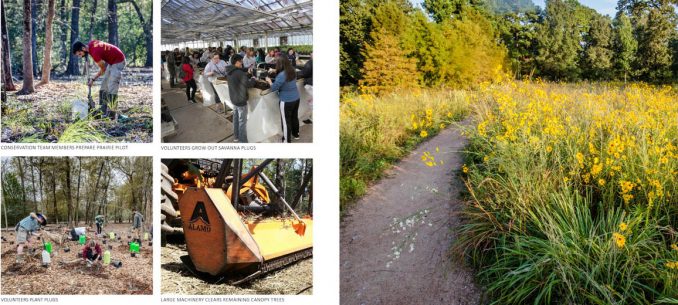
Education and Immersion
Free to all visitors, the site is host to an array of events and workshops that shed light on Houston’s ecosystems and the urbanization that threatens them. During restoration, volunteers of all ages participated in vegetation removal, soils testing, propagation, and planting. Two acres of constructed wetlands greet visitors upon their arrival, serving as detention, irrigation reserves, and wildlife habitat. United by a new trail and boardwalk system, field stations and interpretive elements throughout the site teach community members about the arboretum’s rich ecological context.
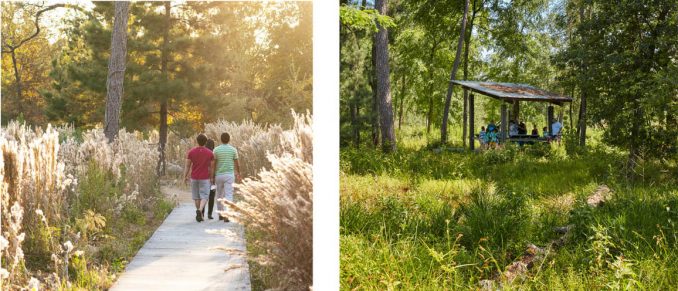
Measurable Impact
Early data shows that invasive species have been significantly reduced and that tree diversity is increasing. Pollinator presence has doubled since restoration and pollinator richness has increased by 600%. The savanna restoration area provides habitat for nine new species of birds that had previously never been recorded on site. Red-Headed Woodpeckers, a Texas Parks and Wildlife Department Species of Greatest Conservation Need, used the savanna for breeding in the years since restoration.
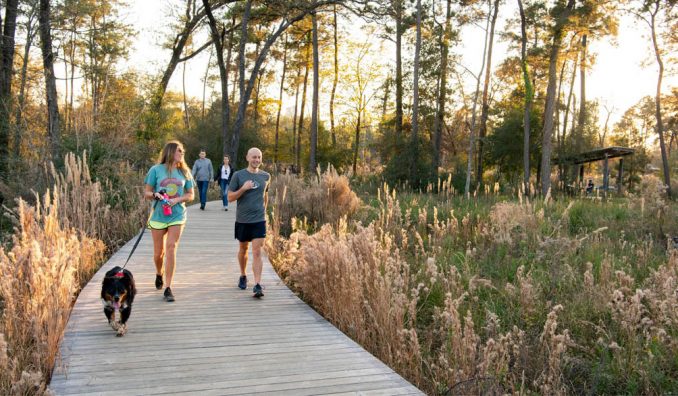
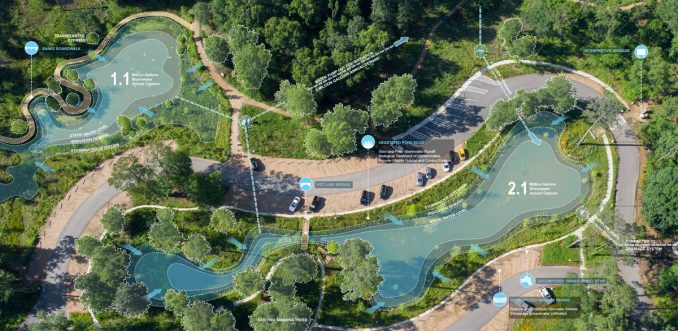
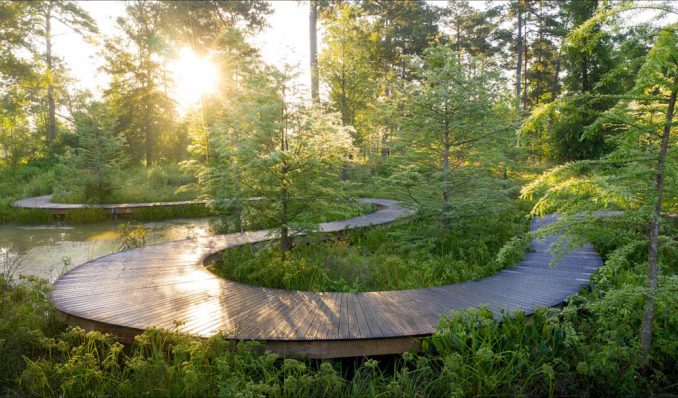
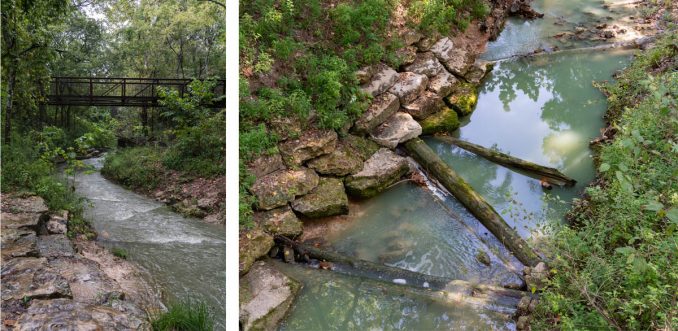
Management, not Maintenance
Disturbances like wildfire and large grazers were once vital to maintaining Gulf Coast Prairies. Arboretum staff have developed urban park-friendly alternatives for management, from mowing and selective herbicide to weed-eating goats and even controlled burns. In 2021 and 2022, burns were approved and implemented in a portion of the Arboretum, a significant achievement for an urban park.
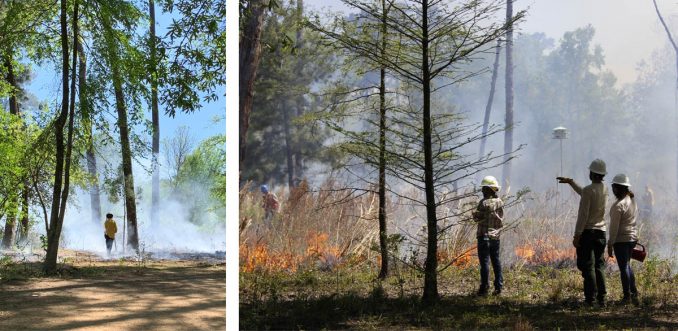
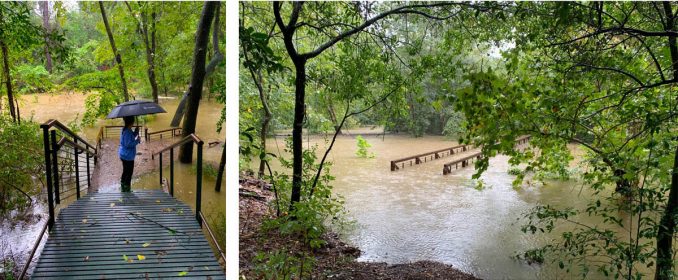
A New Legacy
The evidence of the Arboretum’s success is undeniable: in 2020, the Arboretum had 652,000 visitors, compared to 169,000 in 2015. Happy hour hikes, picnics, field trips, and weddings enliven the space year-round. The Arboretum sets an important precedent for Houston’s open spaces: the city’s coastal plains can be adapted to withstand a changing climate and disastrous weather, spaces rendered not only resilient but beautiful and immersive. As light filters through the Arboretum’s pine needles and oak leaves, it paints the thriving prairie in brilliant hues of green and gold: a new legacy wrought from destruction, a celebration of regeneration and resiliency.
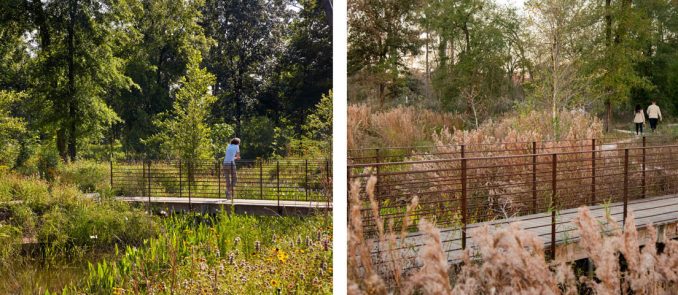
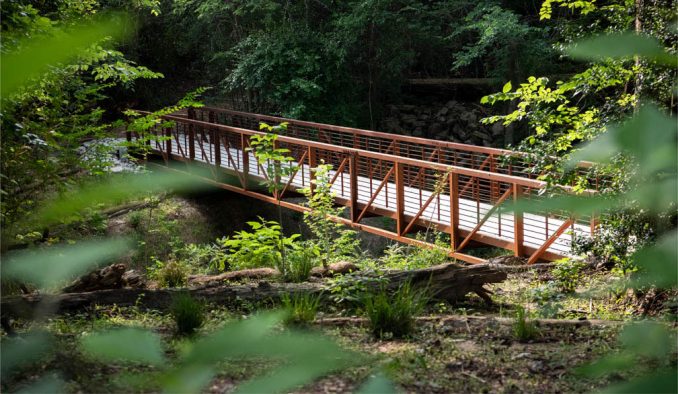
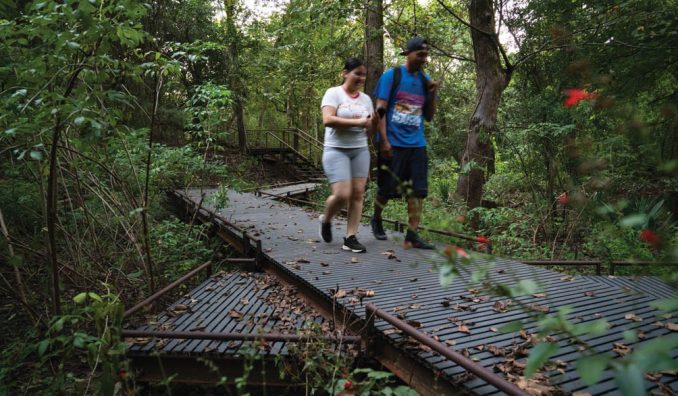
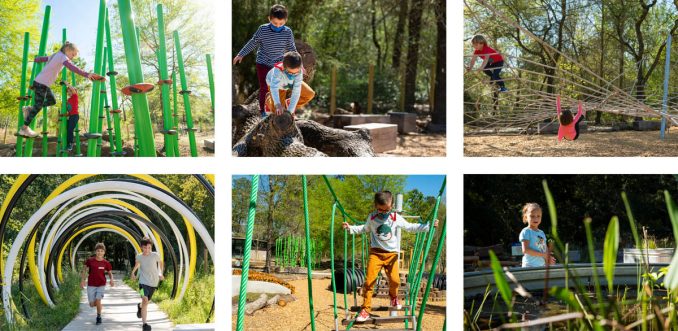
Houston Arboretum and Nature Center
Client: Houston Arboretum and Nature Center
Landscape Architecture:
Design Workshop, Inc
Reed Hilderbrand
Architecture:
Lake | Flato
Leslie K Elkins Architecture
Kendall Heaton Associates, Inc.
Environmental Design: Ladybird Johnson Wildflower Center
Civil and Structural Engineering:
Walter P. Moore
Frayre Engineering & Consulting, PLLC
Operations and Maintenance: ETM Associates, LLC
Forestry Ecology and Management: Dr. W Todd Watson
Ravine Restoration and Fluvial Geomorphology: HydroGeo Designs LLC
Irrigation and Soils Engineering: Jeffrey L. Bruce & Company, LLC
Electrical Engineering: E&C Engineers & Consultants, Inc.
General Contractor: Forney Construction, Garza Development
Images: Courtesy of Design Workshop
